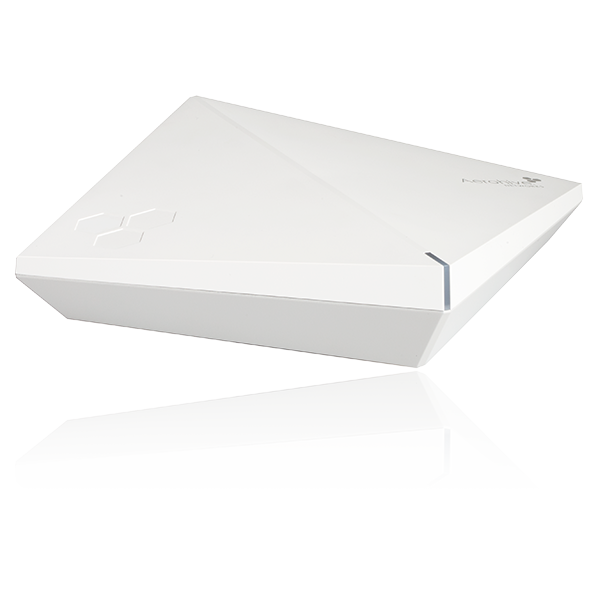Olathe Public Schools Embraces IoT on New Network
The second largest and fastest-growing school district in Kansas, Olathe Public Schools (OPS), recently deployed an enterprise-grade WiFi solution to support a 1-to-1 initiative for more than 29,000 students and 4,000 faculty across 58 schools and 21 support facilities.
The school district first deployed a WiFi network in 2004, “installing 3Com access points in school libraries before wireless was in high-demand,” according to a case study. A few years into using 3Com, however, OPS experienced growing network demands from the influx of devices and implemented a trapeze network. The trapeze network later proved unreliable when the district started its 1-to-1 program. OPS needed to upgrade again to 802.11ac technology across all its schools.

Olathe has installed AP230 from Aerohive Networks, and plans to install AP245X, AR250 and AP550 access points as the deployment expands and new schools open.
Image Credit: Aerohive Networks.
With more than 22,000 Internet of Things (IoT) devices in 2014, the district compared network management systems from Aruba, Meraki, Ruckus and others. OPS chose to install access points from California-based computer networking company Aerohive Networks. The district will use Aerohive’s Private Pre-Shared Key (PPSK) to onboard more than 22,000 users onto HiveManager system this summer. For guests, OPS is using CloudPath from Ruckus to get guests onto the Aerohive network. “ Soon, guests and users requiring BYOD will be routed by PPSK to a separate SSID with a captive web portal for optimal security and firewall management,” according to the case study.
Jay Merkle, wireless network engineer, Olathe Public Schools, said, “PPSK is especially ideal for environments like Olathe Public Schools that are embracing IoT since complex configuration is not required and support is extended even for devices where 802.1X may not, providing greater security for our schools. Olathe has several thermostats on the wireless network and other devices such as blood sugar monitors for certain students that automatically send reports to school nurses. Other departments, such as the district TV studio, may have needs to request PPSK as more operations eventually move to wireless devices.”
To learn more, read the case study on the Aerohive site.
About the Author
Sri Ravipati is Web producer for THE Journal and Campus Technology. She can be reached at [email protected].